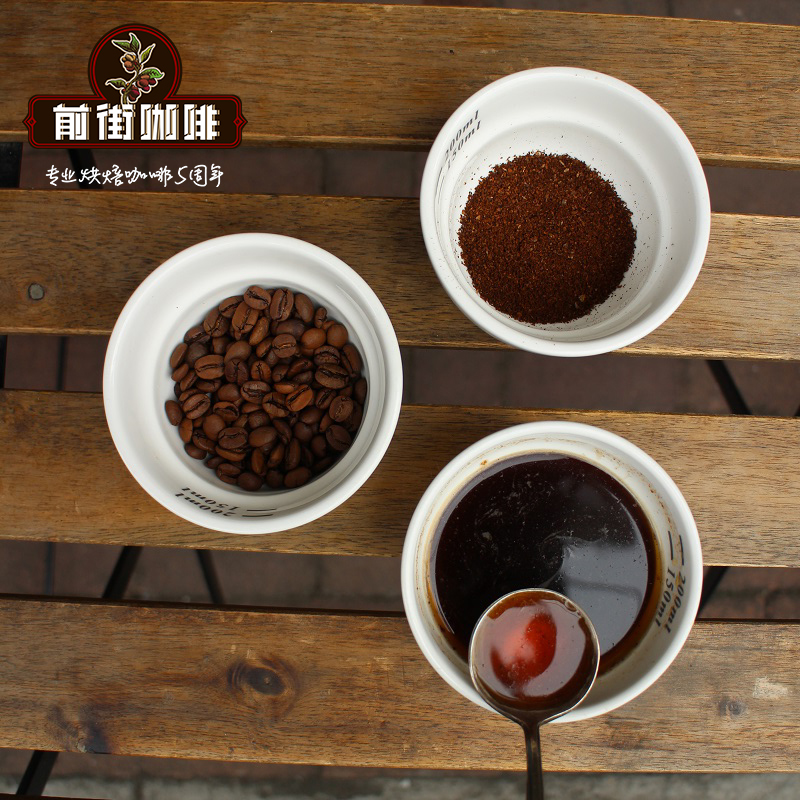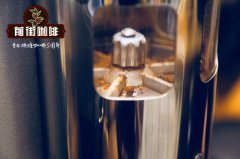Grindability of hand-brewed coffee | what is the effect of fine powder on brewing coffee? should we sift out the subdivision?

Back in 2012, our own Matt Perger used a 250 μ m sieve to remove the fine powder, thus winning the World Coffee Brewing Competition. This makes the extraction more uniform, so that he can extract a higher content without producing a dry, over-extracted flavor. But since then, he has come out to declare that "fine powder is the devil". In fact, our last article discussed the idea that, at least in espresso, the idea of overextraction is under threat.
If you find this development confusing, you are not the only one! However, when we no longer consider "subdivision" and "large particles", we can go back to carefully study the goals we want to achieve, or even extract, we can solve the obvious contradiction. To quickly remind you why this is so important for seasoning, please browse this article in the file.
Why are we sieving powder?
Any grinder will produce a certain range of particle size. Because of their different surface area relative to their size, they are extracted at different speeds. The reason why the surface area is so important is that the diffusion is so slow-so large that in espresso, diffusion has almost no effect on the extraction, and almost all extraction occurs on the particle surface (M Petracco,2005). Even in slowly filtered coffee brewing, extraction by diffusion may never be completed under normal conditions.
This means that no matter how your cooking scheme is adjusted, some of the smallest particles may affect the extraction flavor, while some of the larger particles will not be extracted enough. Removing particles from both ends by sieving (or by any other method, such as using a grinder with large, sharp and well-aligned burrs) will improve brewing.
Limitations of sieving powder
Sifting out the smallest particles can certainly improve some brewed coffee. However, manual screening of fines is a time-consuming and inefficient process. Small particles tend to stick together or stick to large particles, so it is difficult to remove them all when sieving them by hand.
For example, a typical scientific procedure for screening soil may include screening in an automatic shaker for at least 10 minutes, then weighing the screened particles and shaking them for another minute until the amount of small particles produced by further shaking increases by less than 1%. For most coffee shops, the agreement is impractical!
However, larger particles can be completely removed fairly quickly. Anything that passes through the sieve will be lower than the target size threshold, so even if some smaller particles are left behind due to inefficient screening, the grinding powder after screening will be smaller than the grinding size before screening. This may make large particles a more useful target for baristas than fine powder.
When we screen the ground coffee to remove the fine powder, what we are doing is trying to raise the extraction limit-the highest point at which we can extract the coffee before the taste of overextraction becomes obvious. The higher we can get without these flavors, the more uniform the total amount of extraction must be.
However, by removing the large particles, we can lower what you call the extraction layer-in other words, the coarsest particle size that can be ground before the extraction is destroyed by insufficient extraction. This is actually the opposite of the idea of extracting the upper limit and once again makes the brewing more uniform.
There is an ingenious turning point, that is, setting the grinder to a thicker grinding size will also reduce the amount of fine powder it produces. Each time it is crushed in a grinder, the coffee beans will be broken, resulting in a fine powder. Under a thicker grinding setting, each bean is crushed less times to achieve the desired grinding size-resulting in less fine powder. This means that by screening large particles, you can also reduce the subdivision rate without having to screen the powder again.
Important Notice :
前街咖啡 FrontStreet Coffee has moved to new addredd:
FrontStreet Coffee Address: 315,Donghua East Road,GuangZhou
Tel:020 38364473
- Prev

Espresso | often the extraction of a cup of unsatisfactory espresso ignores the knife head of the bean grinder
What is the cutter head of the bean grinder made of? The standard cutter head is made of quenched steel, which is hardened by rapidly cooling the outer surface of the cutter head. Rapid cooling causes the steel to form a specific crystal structure called martensite, making it harder and more fragile. This process results in the cutter head having a hardened shell and a softer core. This means that once the hardened shell is worn, the cutter head
- Next

espresso coffee| To extract a good espresso, you need to pay attention to a few details.
Professional baristas and hobbyists alike love to complicate things. Complex multi-step brewing recipes and brewing equipment with certain unique features have become standard. Require novel features to be used on espresso machines or brewers without any necessary evidence. I believe we haven't even begun to grasp the basics of coffee yet. Of course, at the beginning optimization is finer
Related
- Beginners will see the "Coffee pull flower" guide!
- What is the difference between ice blog purified milk and ordinary milk coffee?
- Why is the Philippines the largest producer of crops in Liberia?
- For coffee extraction, should the fine powder be retained?
- How does extracted espresso fill pressed powder? How much strength does it take to press the powder?
- How to make jasmine cold extract coffee? Is the jasmine + latte good?
- Will this little toy really make the coffee taste better? How does Lily Drip affect coffee extraction?
- Will the action of slapping the filter cup also affect coffee extraction?
- What's the difference between powder-to-water ratio and powder-to-liquid ratio?
- What is the Ethiopian local species? What does it have to do with Heirloom native species?

